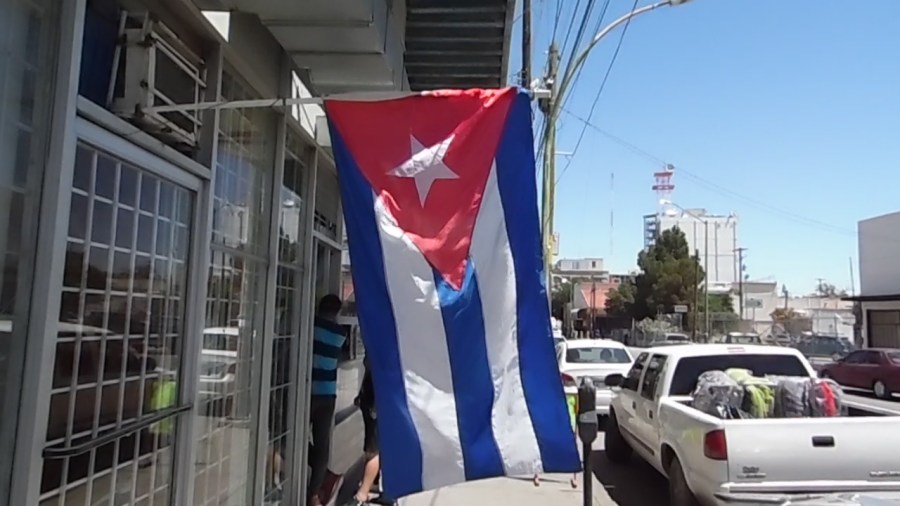JUAREZ, Mexico (Border Report) — A city that just a few months ago witnessed the daily arrival of hundreds of migrants from all over the world has seen that surge reduced to a trickle.
The number of non-Mexicans registering in Juarez for a chance at asylum hearings in the United States has dropped to single digits on most days, Chihuahua state officials said.
“The migrant activity has gone down dramatically. We have noticed this (in Juarez) as well as at our centers in Jimenez and Parral,” said Mario Dena, the ranking state official in Juarez. “Ten to 12 migrants are passing through now whereas before we use to see 200.”
Jimenez and Parral are two cities along busy transportation routes in southern Chihuahua, a state that borders Texas. Dena attributes the decrease to word-of-mouth communication about the difficulties encountered by migrants in El Paso. Asylum denial rates are 90 percent or higher, according to American immigration advocates, and more than 16,000 applicants have been placed in the Migrant Protection Protocol program, which makes them wait out their cases in Mexico, where they have no family ties or sufficient resources to subsist.
“They (the migrants) are looking for alternatives … they are going to other border crossings to make their claims there,” Dena said.
Officials at Juarez’s Migrant Assistance Center next to the Paso del Norte Bridge to El Paso are also documenting the trend.
“Most of the people coming here now are Mexicans from Michoacan and Zacatecas” fleeing drug violence, said Dirving Garcia Gutierrez, director of the center.

Since Aug. 18, between three to 10 Central Americans, Cubans and other foreigners have registered at the center. On Aug. 19 a total of 16 came, but on Aug. 22 none showed up, Garcia said.
He added that the number of asylum-seekers called by U.S. Customs and Border Protection (CBP) also has gone down — from two large groups that used to be called up every day to a single group of 10 to 15 on most days, and no appointments on some days.
The Mexican migrants don’t have to follow the same protocols as other foreigners at the U.S. border, but that is also causing confusion, Mexican officials said. Earlier this month, CBP briefly closed the Paso del Norte Bridge amid reports of a large group of migrants gathered on the Mexican side, getting ready to attempt a mass crossing.
In theory, Garcia said, Mexican families requesting asylum in the U.S. could just walk over the bridge and present their claim, but they’re being sent back because CBP has limited, designated hours to field those claims.
“We have some families with children younger than 10 at the foot of the bridge just waiting for the right time to cross. We tell them that Downtown is not safe and to take their children to shelters,” Garcia said. However, a lot of families do not want to go to shelters, and local authorities can’t force them to go.
In El Paso, immigration advocates are also seeing the trend. “There are more people from Mexico arriving, so there has been some uptick on that,” said Ruben Garcia, executive director of El Paso’s Annunciation House. “I can’t put a number to that, but there has been an uptick.”
















